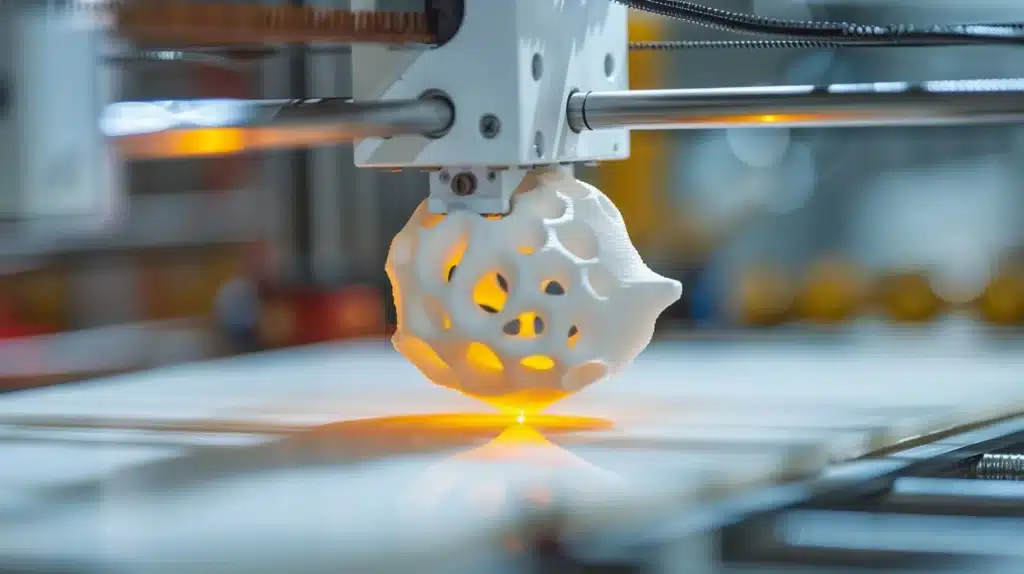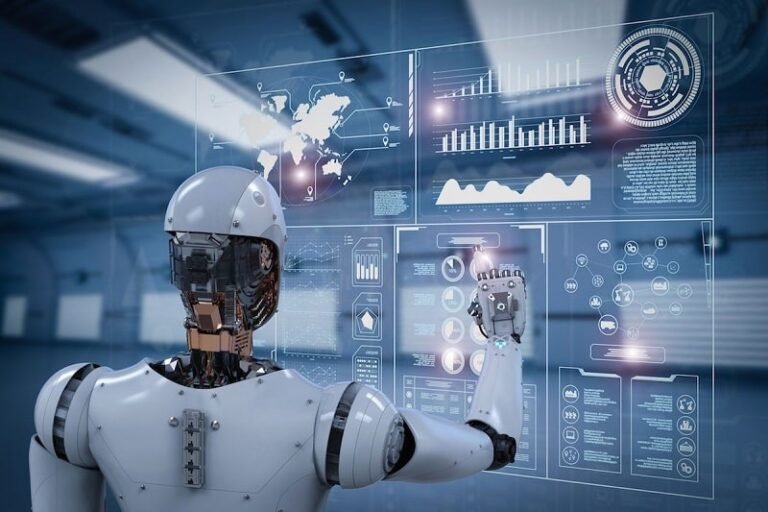How 3D Printing Is Disrupting Traditional Manufacturing

3D printing is fundamentally altering the landscape of traditional manufacturing. By enabling rapid prototyping and complex designs, it offers significant advantages such as reduced material waste and lower production costs. Furthermore, the shift toward localized production diminishes the dependence on extensive supply chains. This evolution raises critical questions about the future of manufacturing processes and industry standards. The implications for businesses are profound, suggesting a transformation that is just beginning to unfold.
The Rise of 3D Printing Technologies
As industries increasingly seek innovative solutions to enhance production efficiency, the rise of 3D printing technologies has emerged as a pivotal development in manufacturing.
This shift towards additive manufacturing signifies a transformative approach, allowing for digital fabrication that reduces waste and streamlines processes.
The integration of these technologies offers unprecedented design flexibility, enabling manufacturers to respond rapidly to market demands while fostering creative exploration.
See also: The Future of Work: How Automation Affects Jobs
Advantages of 3D Printing Over Traditional Methods
The advantages of 3D printing over traditional manufacturing methods are becoming increasingly apparent as companies seek to optimize production and reduce costs.
3D printing offers significant cost efficiency by minimizing material waste and lowering overhead. Additionally, design flexibility allows for complex geometries and rapid prototyping, enabling innovation without the constraints of conventional manufacturing processes.
This shift empowers businesses to respond swiftly to market demands.
Impact on Supply Chains and Production Processes
While traditional manufacturing often relies on extensive supply chains and centralized production facilities, 3D printing is revolutionizing these processes by enabling localized production and reducing dependency on complex logistics.
This shift promotes supply chain optimization and enhances production efficiency, allowing businesses to respond swiftly to market demands.
Consequently, organizations can realize cost savings, minimize waste, and improve their overall operational agility.
Future Trends in 3D Printing and Manufacturing
With advancements in technology and materials, the future of 3D printing is poised to significantly reshape the manufacturing landscape.
The integration of sustainable materials will drive eco-friendly production practices, while automation integration promises enhanced efficiency and reduced labor costs.
As these trends converge, manufacturers can expect greater customization, shorter lead times, and a more agile response to market demands, ultimately fostering greater autonomy in production.
Conclusion
In conclusion, 3D printing stands as a catalyst for change, reshaping manufacturing with efficiency, creativity, and sustainability. It streamlines production processes, reduces waste, and fosters innovation, allowing for rapid prototyping and localized manufacturing. As industries adapt, they will experience enhanced agility, reduced costs, and improved responsiveness to consumer demands. The future of manufacturing lies in this transformative technology, which not only redefines production capabilities but also reimagines the very essence of how products are conceived and delivered.


